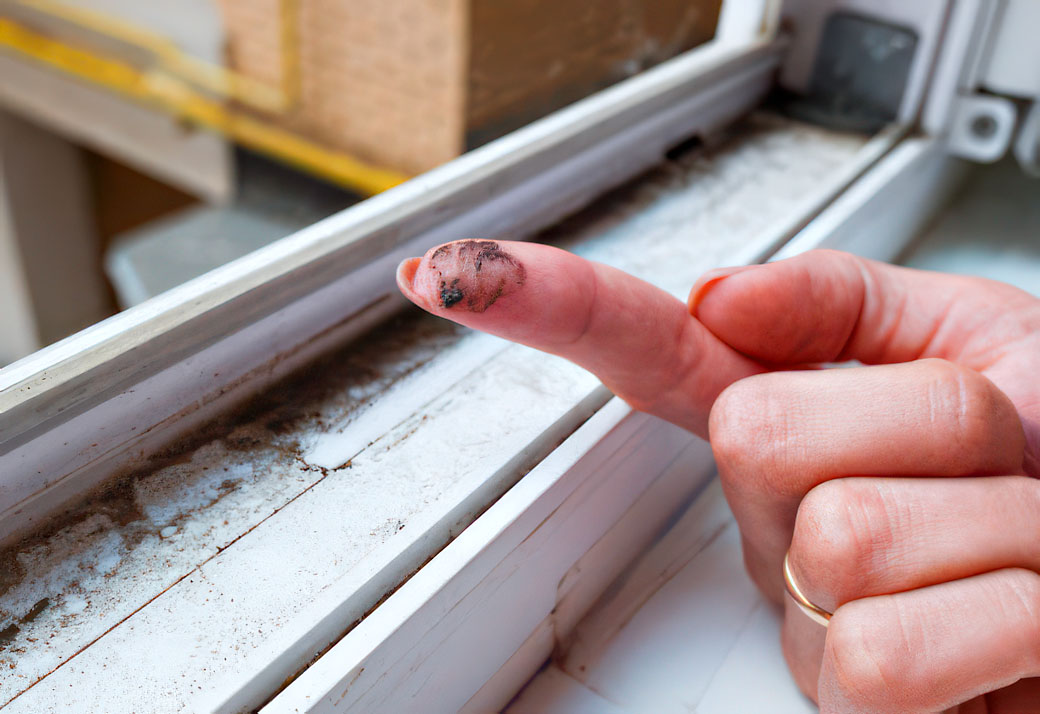
DIY Air Quality Testing: Simple Steps for a Healthier Home
Introduction
Did you know the air inside your home could be harboring hidden threats to your health? Dust, pollen, pet dander, and even chemicals can lurk unseen, impacting your well-being. But don't worry, taking control of your indoor air quality is easier than you think!
In this article, we'll guide you through simple DIY air quality testing methods and share expert tips for creating a healthier home environment. But first, if you're looking for the most accurate and comprehensive insights into your air quality, check out our curated list of the best air quality monitors for 2024.
Now, let's dive into the world of DIY air quality testing and discover how you can breathe easier in your own home.
Why Test Your Indoor Air Quality?
Testing your indoor air quality can help you identify potential pollutants and take steps to improve the air you breathe. Common indoor pollutants include:
- Dust and allergens: Dust mites, pollen, and pet dander can trigger allergies and asthma.
- Volatile organic compounds (VOCs): Chemicals found in household products, such as cleaning agents and air fresheners, can contribute to indoor air pollution.
- Mold and mildew: Damp or humid conditions can lead to mold growth, which can worsen respiratory issues.
Simple Steps for DIY Air Quality Testing
Follow these steps to conduct a basic air quality test in your home:
- Identify potential sources of pollution: Look for sources of indoor air pollution, such as smoking, pets, household cleaners, and mold.
- Use a DIY air quality monitor: Purchase an affordable air quality monitor to measure levels of pollutants in your home.
- Monitor indoor humidity: Keep humidity levels below 50% to prevent mold growth and reduce dust mites.
- Ventilate your home: Ensure proper ventilation by opening windows and using exhaust fans in kitchens and bathrooms.
- Use an air purifier: Consider using an air purifier with a HEPA filter to remove airborne particles and improve air quality.
Benefits of DIY Air Quality Testing
Conducting DIY air quality testing offers several benefits, including:
- Identifying potential health hazards in your home
- Reducing respiratory issues and allergies
- Creating a healthier environment for you and your family
Conclusion
By taking simple steps to test and improve your indoor air quality, you can create a healthier home environment for you and your family. Knowing what you breathe allows you to take proactive measures to breathe better and live healthier.
Trending Articles











